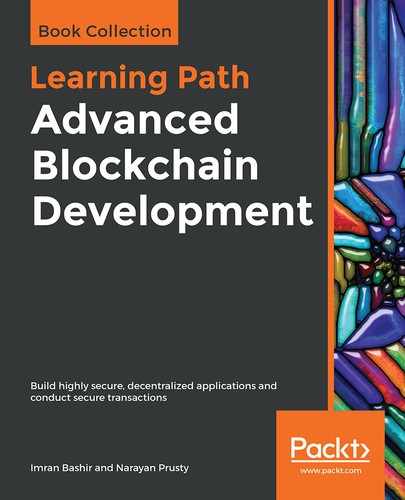This problem has been a focus of intense debate, rigorous research, and media attention for the last few years.
This is the single most important problem that could mean the difference between wider adaptability of blockchains or limited private use only by consortiums. As a result of substantial research in this area, many solutions have been proposed, which are discussed in the following section.
From a theoretical perspective, the general approach toward tackling the scalability issue generally revolves around protocol-level enhancements. For example, a commonly mentioned solution to Bitcoin scalability is to increase its block size. Other proposals include off-chain solutions that offload certain processing to off-chain networks, for example, off-chain state networks. Based on the aforementioned solutions, generally, the proposals can be divided into two categories: on-chain solutions that are based on the idea of changing fundamental protocols on which the blockchain operates, and off-chain solutions that make use of network and processing resources off-chain in order to enhance the blockchain.
Another approach to addressing limitations in blockchains has been recently proposed by Miller and others in their position paper On Scaling Decentralized Blockchains available at https://doi.org/10.1007/978-3-662-53357-4_8. In this paper, it is shown that a blockchain can be divided into various abstract layers called planes. Each plane is responsible for performing specific functions. These include the network plane, consensus plane, storage plane, view plane, and side plane. This abstraction allows bottlenecks and limitations to be addressed at each plane individually and in a structured manner. A brief overview of each layer is given in the following subsections with some references to the Bitcoin system.
